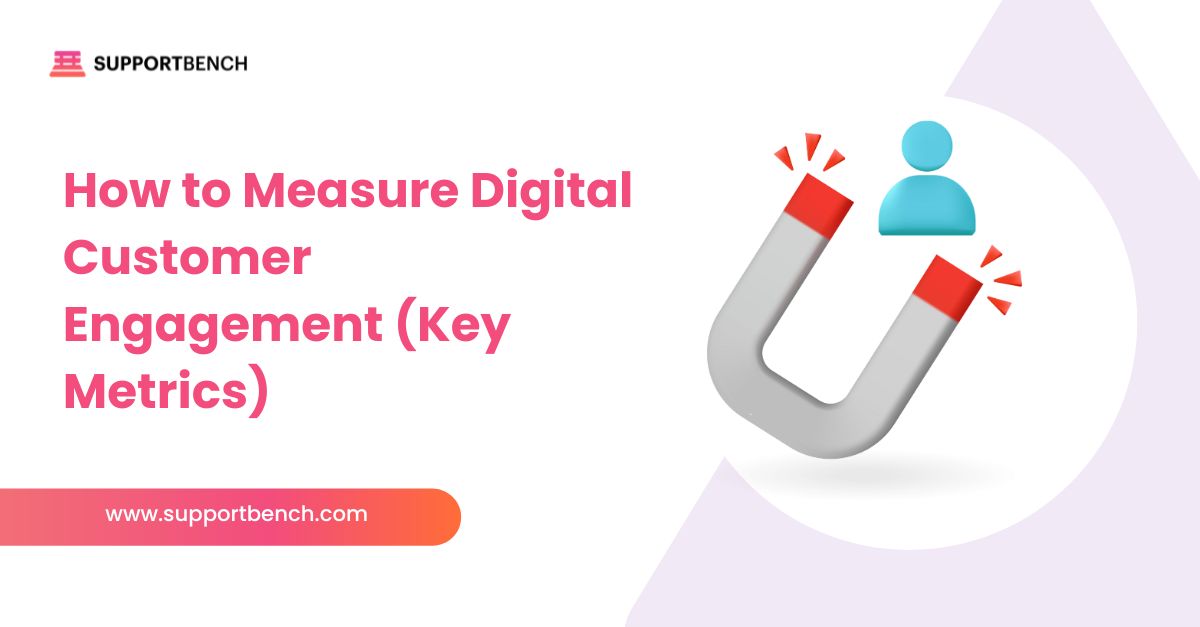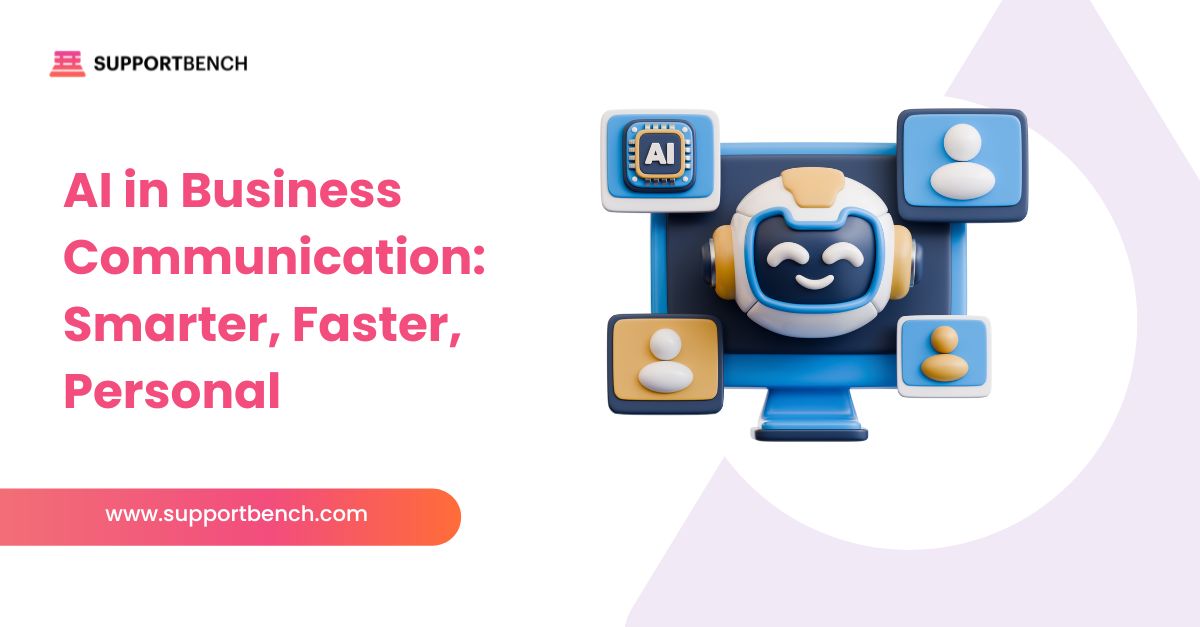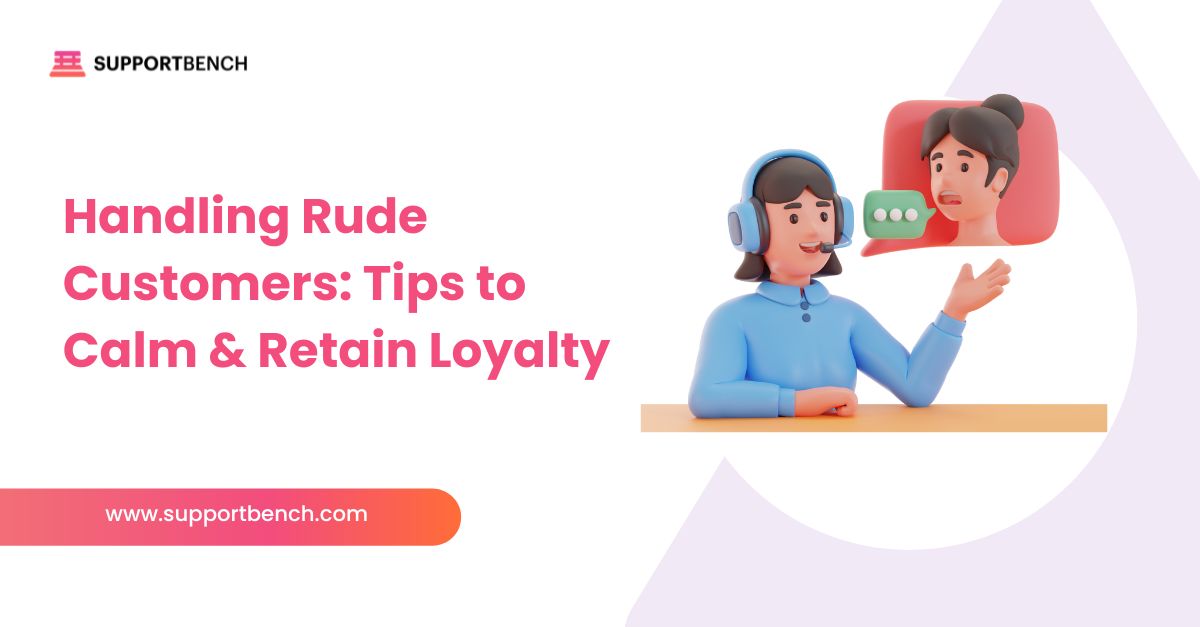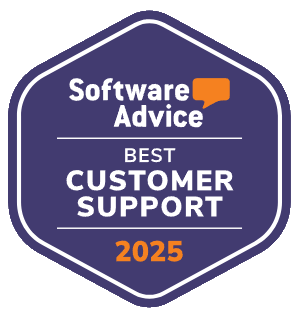As your business grows, so does the volume of customer inquiries—and managing them through a shared inbox quickly becomes unsustainable. Emails get lost, responses slow down, and tracking issues becomes a headache.
That’s where a helpdesk platform comes in. It organizes support, adds automation, and ensures no customer falls through the cracks.
This practical guide walks you through the steps to move from email-based support to a streamlined helpdesk system—improving speed, visibility, and customer satisfaction along the way.

At a Glance:
Switching from email to a helpdesk system helps you organize support requests, automate workflows, and respond faster. Start by assessing your current pain points, choose software that fits your needs, and create a migration plan. Train your team thoroughly, monitor KPIs, and keep improving. The result: streamlined support, better tracking, and happier customers.
1. Assessing the Need for a Change
Before making the switch, it’s important to assess why your current system—typically a shared support email—is no longer keeping up.
Traditional email management quickly becomes overwhelming as inquiries pile up, making it harder to track responses, resolve issues promptly, or collaborate across teams.
Here are three signs your team may be ready for a helpdesk system:
❌ Tracking Conversations Is a Struggle: Email chains are hard to manage. Without proper tagging, ownership, or visibility, it’s easy to miss follow-ups or duplicate efforts.
❌ No Central Record of Past Issues: Without structure, historical data is tough to access. Teams can’t identify trends or refer to previous resolutions without sifting through messy inboxes.
❌ Everything Is Manual: Responding to repetitive requests eats up valuable time. Email offers no automation, so your agents are stuck doing the same tasks over and over.
Why It Matters: These limitations affect more than just your support team—they impact your brand experience. Helpdesk software introduces structure, automation, and visibility, allowing your business to scale support without compromising quality.
2. Choosing the Right Helpdesk Software
Once you’ve decided to move away from email, the next step is finding the right helpdesk platform that fits your business.
Small businesses need solutions that are simple to set up, easy to use, and scalable as they grow. The ideal helpdesk should support your team’s workflows, not complicate them.
Here are the key factors to evaluate when selecting a system:
✅ User-Friendliness: Choose software with an intuitive dashboard and minimal learning curve. If your team can’t pick it up quickly, it will slow you down.
✅ Multi-Channel Support: Today’s customers expect to reach you via email, chat, phone, and social media. Pick a platform that brings all channels into one view.
✅ Automation and AI: A good helpdesk platform should offer automation features, including AI-driven automation, to handle repetitive tasks like ticket routing, auto-responses, and SLA alerts—freeing agents to focus on more complex issues.
✅ Scalability: As your support load increases, your software should keep up. Make sure it can scale without hidden costs or complex upgrades.
✅ Integration Capabilities: Your helpdesk should sync easily with your other tools—CRM, marketing platforms, internal communication apps, and e-commerce systems. Integrations keep your workflows smooth and eliminate data silos.
Pro Tip: Take advantage of free trials. Test how well the platform handles your real-world support scenarios—before you commit.
3. Mapping Out Your Migration Strategy
Once you’ve selected a helpdesk platform, the next step is a smooth and well-planned transition. Rushing this phase often leads to disruption. Instead, approach the migration as a phased rollout with clearly defined steps.
Create a Timeline
Plan realistic dates for setup, testing, training, and full transition. Don’t try to switch overnight—build in time for learning and troubleshooting. A typical migration plan might span two to four weeks, depending on your team’s size.
Set Up the New Helpdesk
Customize the system to reflect your existing support processes. This includes:
- Defining ticket categories
- Configuring SLA rules and workflows
- Personalizing auto-responses
- Connecting all channels (email, chat, social media)
- Enabling AI tools like auto-tagging or suggested replies (if available)
Migrate Data Thoughtfully
Move over essential historical data—open tickets, customer profiles, and recent interactions. This gives agents full context once the new system goes live. Work closely with your helpdesk vendor to ensure accurate and secure transfer.
For larger volumes, consider batch transfers or API-based migration tools to avoid manual entry.
Test Everything
Before launching company-wide, run simulations. Assign mock tickets, test routing rules, and verify integrations. Check response templates, agent permissions, and dashboards. Involve a pilot group of users to spot issues early.
Pro Tip: Use the test period to fine-tune workflows and confirm the system aligns with your day-to-day operations—before you fully switch over.

4. Training Your Team
Your helpdesk software is only as effective as the team using it. A successful rollout hinges on thorough training and ongoing support—not just during setup, but well into daily operations.
Start with the Basics
Ensure all team members understand the system’s core functions:
- Creating, assigning, and managing tickets
- Using tags, notes, and internal comments
- Updating ticket statuses and priorities
Walk through common scenarios with live examples to build familiarity.
Role-Specific Training
Different roles need different tools. Customize your training accordingly:
- Agents: Focus on ticket workflows, SLAs, canned responses, and customer communication
- Managers: Emphasize dashboards, reporting, and team monitoring
- Admin users: Include settings, automations, integrations, and permission management
Encourage Hands-On Practice
The best learning happens by doing. Use sandbox environments or pilot teams to explore the software in a no-risk setting. Let staff experiment with ticket handling, reporting tools, and automation workflows.
Offer Ongoing Support
Training shouldn’t end on launch day. Offer easy access to:
- Quick reference guides
- Internal how-tos or short videos
- Regular refresher sessions or Q&A drop-ins
- Designated platform champions or peer mentors
Pro Tip: Gather feedback within the first two weeks. Ask agents where they’re getting stuck—and address issues early with quick fixes or process updates.
5. Monitoring the Transition
Once your helpdesk is live, active monitoring is key to catching early issues, reinforcing adoption, and fine-tuning processes.
Track Core Metrics
Keep a close eye on baseline KPIs to gauge performance shifts:
- First Response Time
- Resolution Time
- CSAT (Customer Satisfaction Scores)
- Open vs. Closed Tickets
Compare these against pre-migration benchmarks to identify wins and gaps.
Gather Agent Feedback
Agents are your frontline testers. Within the first few weeks, ask:
- Is the system intuitive?
- Are automations working as intended?
- Where are bottlenecks or friction?
Use regular check-ins or anonymous surveys to surface pain points and process improvements.
Listen to Customers
Watch for any shifts in sentiment, satisfaction, or confusion. Common indicators:
- A rise in repeat tickets
- Questions about system-generated messages
- Drop in satisfaction scores or feedback comments
Quickly address external friction with better messaging or knowledge base updates.
Iterate Fast
The first 30–60 days are critical. Make small but decisive updates to workflows, automation rules, and interface settings based on the data and feedback you collect.
Pro Tip: Designate one person (or a small team) as transition leads. They can field questions, track adoption, and compile feedback—making post-migration adjustments smoother and faster.
6. Continuous Improvement
Successfully switching to a helpdesk system isn’t the end—it’s the foundation for ongoing performance and efficiency gains.
Update Your Knowledge Base Regularly
As new issues emerge or products evolve, expand your self-service content:
- Add solutions for FAQs raised in new support tickets
- Monitor article views and feedback to refine entries
- Link articles directly in ticket replies to reduce repetition
Adopt Advanced Features Over Time
Once your team is confident with core features, layer on more functionality:
- AI Tools: Use AI to suggest responses or route tickets intelligently
- Custom Workflows: Automate repetitive tasks with no-code logic
- SLAs: Set time-based goals to manage response and resolution expectations
Seek Ongoing Feedback
Use both formal surveys and informal check-ins:
- Ask agents about tool limitations or repetitive tasks
- Collect CSAT/NPS scores to identify service dips
- Use dashboards to spot patterns (e.g., repeat tickets, slow channels)
Refine Based on Data
Use built-in analytics to guide changes:
- Adjust staffing levels to match peak ticket hours
- Reassign or redesign workflows that cause friction
- Improve training based on performance data or ticket handling issues
Pro Tip: Set a quarterly helpdesk review. Include agents, team leads, and ops managers. Review metrics, feedback, and system usage—then prioritize two to three key changes each quarter.

7. Benefits of Transitioning from Email to Helpdesk
Switching to a helpdesk system offers measurable improvements in service quality, efficiency, and team satisfaction. Here’s what you gain from making the move:
Improved Response Times
Helpdesk platforms use automation to assign, escalate, and track tickets, which cuts down on delays and eliminates guesswork.
Result: Customers get faster replies and consistent follow-ups.
Better Tracking and Reporting
Every interaction becomes a data point. Built-in analytics track:
- Time to first response
- Resolution times
- Ticket volumes by channel
- SLA compliance
Result: Managers can spot bottlenecks and optimize staffing and workflows.
Higher Customer Satisfaction
A more organized, reliable support experience builds trust.
Customers benefit from:
✔ Prompt replies
✔ Easier follow-ups
✔ More accurate answers
Result: Better reviews, repeat business, and improved retention.
Tip: Use CSAT surveys and real-time dashboards to monitor gains after the switch. The difference in visibility and speed will be clear within weeks.
Case Study: Wolseley Canada – Transitioning from Email to an Integrated Helpdesk
Wolseley Canada, a major distributor of plumbing and heating products, was overwhelmed by high volumes of daily customer support emails. The traditional inbox setup lacked organization, causing delays, missed follow-ups, and rising customer dissatisfaction.
Key Issues:
- Support requests were piling up with no clear tracking.
- Follow-ups and escalations were often missed.
- Manual workflows slowed down response times.
The Solution: Wolseley adopted Supportbench to replace their email-based system. With centralized ticketing, automation tools, and intelligent workflows, they gained structure, speed, and visibility into their support operations.
Key upgrades included:
✔ Automated ticket creation and routing
✔ Unified agent dashboard for real-time ticket tracking
✔ Self-service tools to deflect repetitive inquiries
The Results:
✅ Faster Resolution – Automated workflows cut response times dramatically.
✅ Improved Organization – Agents could prioritize and manage tickets without digging through inboxes.
✅ Scalable Support – As support volume grew, the system scaled smoothly with minimal friction.
Quote:
“With the increased rate of emails, we saw an improvement in customer satisfaction. Supportbench helps our agents manage 11,000+ emails easily and accurately by providing them with a platform that is easy to use.”
— Eilis Byrnes, Customer service and process improvement manager1
In Closing
Switching from an email-based system to a dedicated helpdesk platform is a game-changer for small and growing businesses. It not only brings clarity and structure to your customer support workflows but also saves time, reduces errors, and improves the customer experience.
By assessing your current challenges, selecting a scalable solution like Supportbench, and following a structured migration plan, your team can boost productivity and deliver faster, more personalized service.
Supportbench gives businesses everything they need to make the leap—from automation and multi-channel support to robust reporting and seamless integrations—all at predictable pricing. It’s the modern support system built for growth.
Ready to upgrade your support operations? Book your free Supportbench demo today and discover how effortless support can be.















